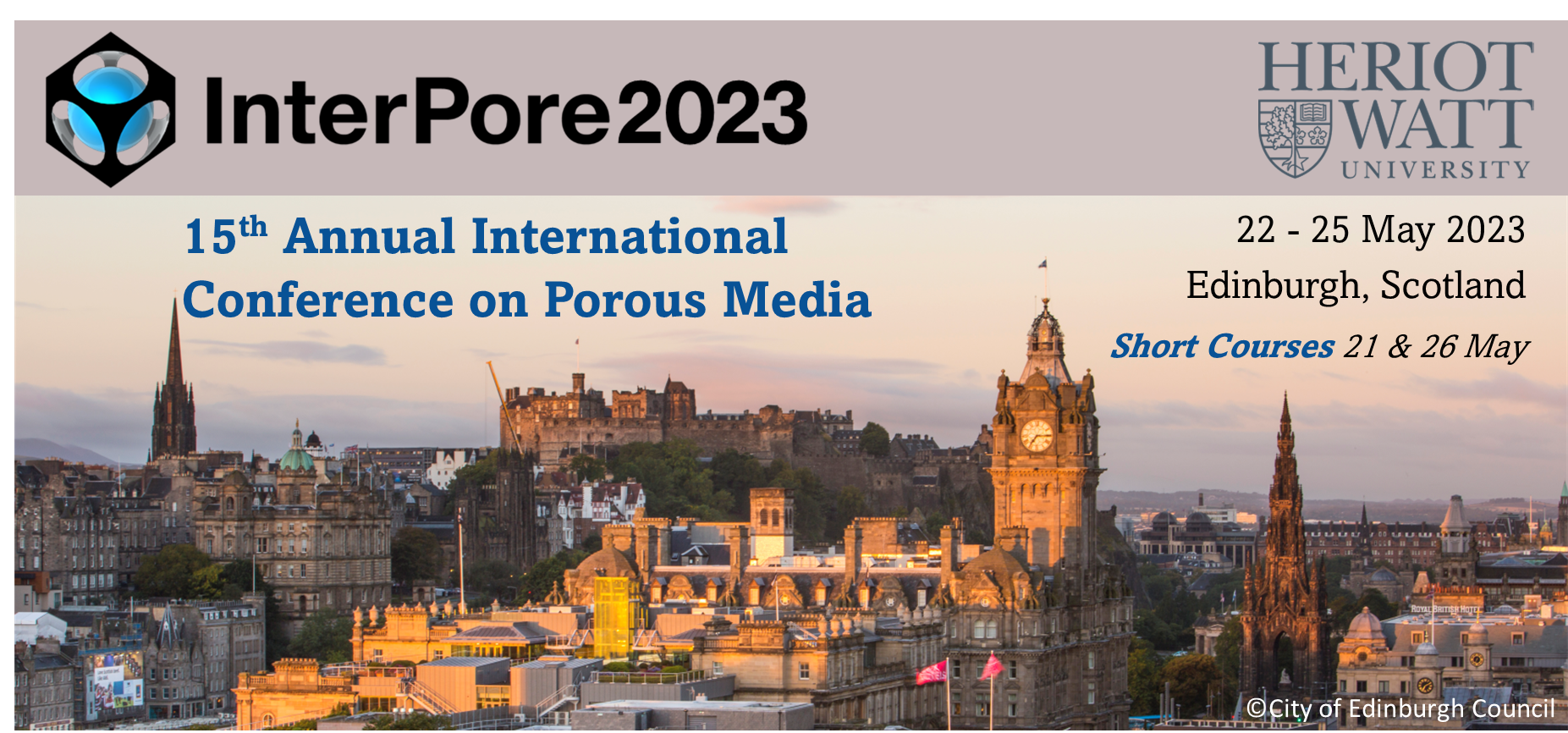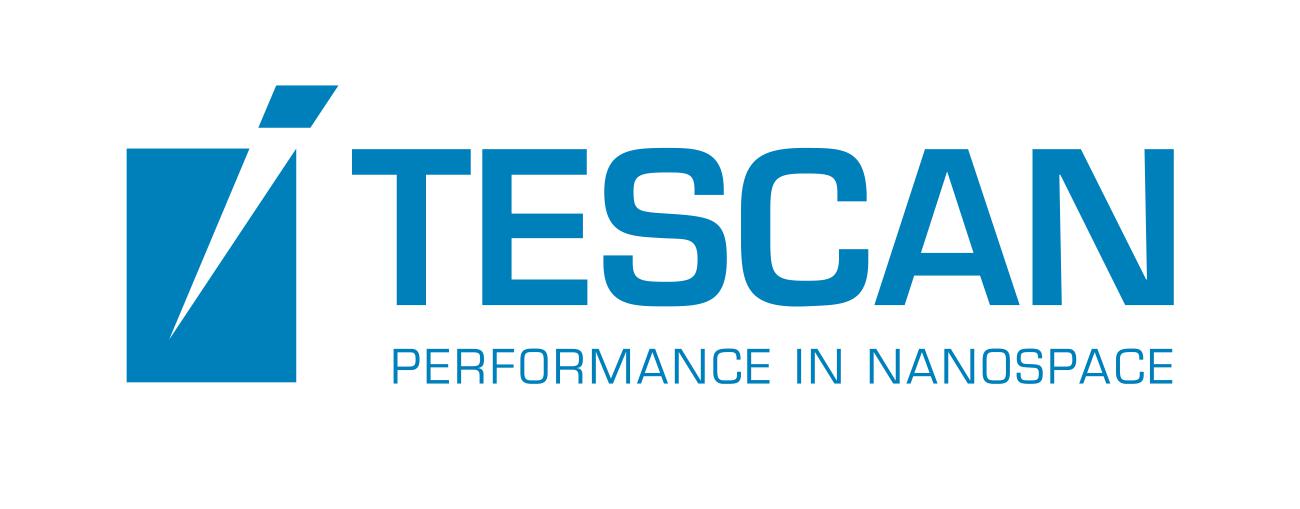Speaker
Description
Deterioration of water quality has become a critical global challenge. Commonly contamination of groundwater is caused by human activities at the surface including petroleum leakage from fuel stations, leakage of substances used and produced within manufacturing and chemical industries, and also importantly substances used in the farming industry [1]. The contaminants of significance include a vast array of chemicals such as polyfluoroalkyl substances, fertilizers, pesticides, and antibiotics. Investing in new technologies to improve the quality of water resources is the key to resilience in a changing world.
Biochar is a stable and porous carbon-rich adsorbent material that is used to remove contaminants from water [2]. Biochar is produced through the pyrolysis process using relatively inexpensive and sustainable material (biomass) as feedstock. The performance of biochar depends on the biomass properties and the parameters of the pyrolysis process (such as pyrolysis temperature and heating rate). Pristine biochar with low surface functionality and small pore sizes offers limited adsorption capacity. A key consideration in improving biochar adsorption efficiency is to choose suitable biomass and activation of biochar [3,4]. Chemical activation is commonly used in which chemicals (e.g., acid or alkali, metal oxide or metal salt) are used to activate biochar.
Here we focus on contaminants introduced to the environment as a result of processes used within the farming and textile industries. Methylene blue (MB) is a dye which causes contamination in textile industry wastewater streams. Nitrate (NO3-) is a major contaminant that is caused by excessive use of fertilizers in the farming industry. MB removal from water has been researched significantly, in particular, sorbents such as activated carbon and biomass have been studied extensively. NO3- removal is more challenging, therefore, in most cases nitrate levels in water are reduced through dilution rather that removal. Here we report on the efficiency of clay-biochar composites for removal of NO3- and MB.
Synthesis of functional clay biochar offers an economical method to remove contaminants from water [5]. We use wheat straw as the feedstock since it is abundantly available in the northeast of England and is considered as a waste product of farming industry in the region. To prepare the wheat straw was dried and milled. Kaolinite, montmorillonite, and bentonite clay powder was suspended in deionized (DI) and mixed with milled wheat straw. The mixture was stirred for 24h and then separated through sieving. The clay feedstock was oven dried and pyrolyzed at 600°C in a tube furnace to get clay-biochar. The characterization of functionalized biochar was performed using SEM, XRD, TGA and FTIR. We show that the clay-biochar can remove MB with over 99.5% efficiency at pH of 11. Our experiments show that clay-biochar cannot remove nitrate from water. We compare our results against pristine biochar and the clay minerals used. In conclusion, modification of biochar causes changes in its surface functional groups which contribute to biochar hydrophilicity, negative charge, and sorption ability for cations. This experiment shows that clay-biochar is a cost-effective and high-performance material for removal of MB in high pH environments.
References
- Peter Ravenscroft and Lucy Lytton, Practical Manual on Groundwater Quality, 2014, the World Bank Group’s Water Global Practice brings together financing, knowledge, and implementation in one platform.
- Z. Zheng et al.,Preparation of mesoporous batatas biochar via soft-template method for high efficiency removal of tetracycline,Science of the Total Environment 787 (2021) 147397.
- G. Song et al., Comparison for adsorption of tetracycline and cefradine using biochar derived from seaweed Sargassum sp. Desalination and Water Treatment 160 (2019) 316–324.
- W. Chen et al., Effect of hydrothermal pretreatment on pyrolyzed sludge biochars for tetracycline adsorption, Journal of Environmental Chemical Engineering 9 (2021) 106557.
- F. Jing et al., Mechanistic insight into adsorptive removal of ionic NOR and nonionic DEP organic contaminates by clay-biochar composites, Environmental Pollution 310 (2022) 119881.
| Participation | In-Person |
|---|---|
| Country | United Kingdom |
| MDPI Energies Student Poster Award | No, do not submit my presenation for the student posters award. |
| Acceptance of the Terms & Conditions | Click here to agree |







